The eerie First World War sites you can still see today
War-torn wonders
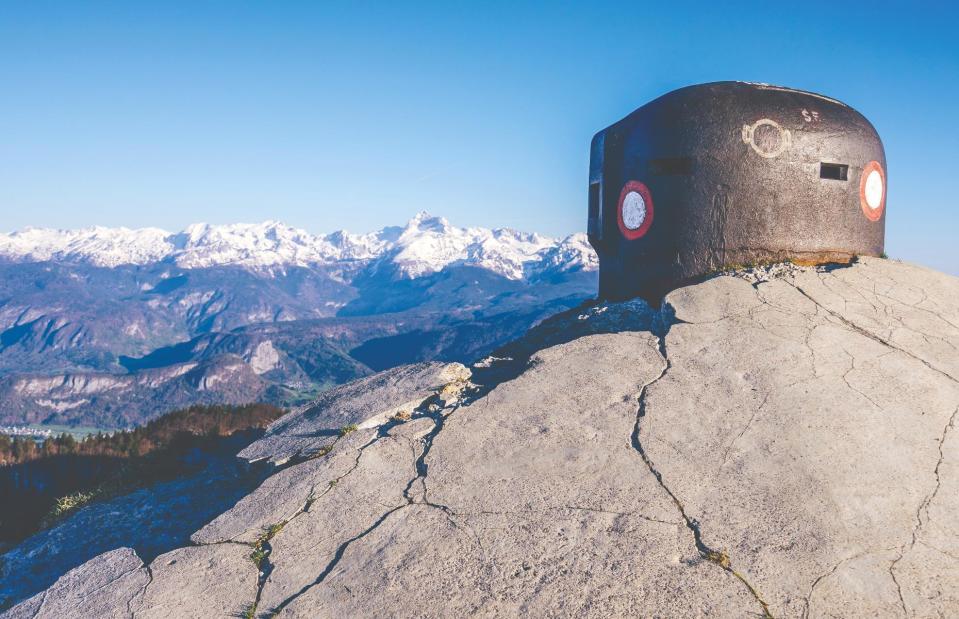
Ondra Vacek/Shutterstock
From crumbling fortresses and mountain battlefields to rusting gun emplacements and skeletons of ships, there are ghostly reminders from The Great War scattered all over the world. With the help of the book Abandoned Places of World War I by Neil Faulkner, here we uncover the secrets and stories from some of the most incredible abandoned First World War sights through a fascinating selection of images.
SS Ayrfield, Sydney, New South Wales, Australia
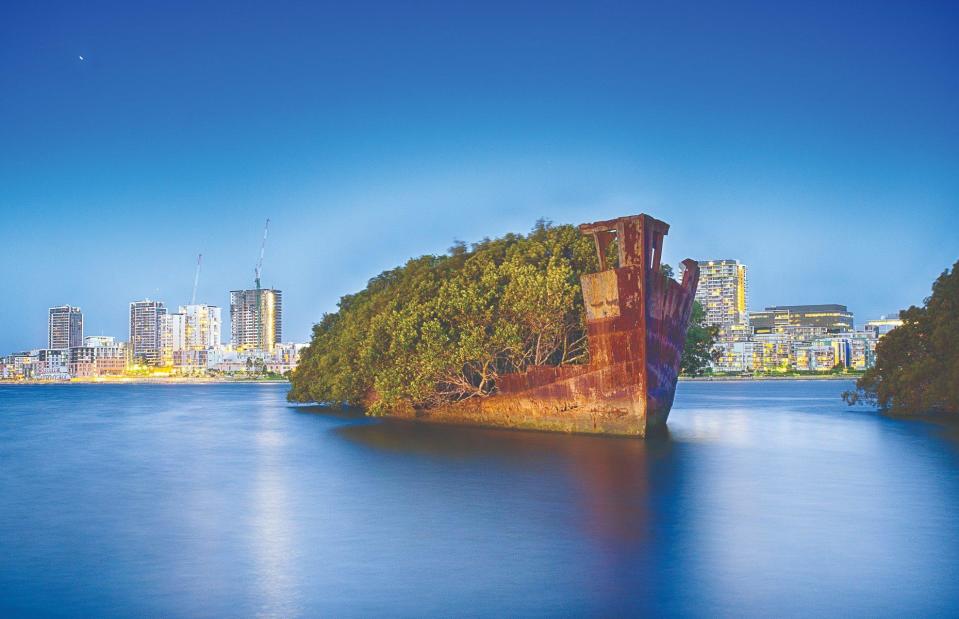
Fotobycam/Shutterstock
In the heart of Sydney’s Homebush Bay, this abandoned cargo ship is a spooky sight. Built in England in 1911, the SS Ayrfield ran coal between Newcastle and Sydney before it was used as a transport ship for Australia during the Second World War. In the 1970s, the ship was finally decommissioned after decades of service. Today, its rusty decaying remains have been taken over by greenery, earning it the nickname the ‘Floating Forest’ and is one of Sydney’s most unique attractions.
Monte Pasubio, Trentino, Italy

Andrea Contrini/Shutterstock
Soaring more than 6,500 feet high (2,000m), the jagged peaks and rocky plateaus of Monte Pasubio were home to one of the most remote battlefields of the First World War. Located in Trentino, Italy, it was here that Italian and Austrian soldiers engaged in years of gruelling warfare in freezing rock-cut trenches and dugouts. Today, a series of boundary stones can be seen where the battle took place, commemorating the main military units that fought there.
Edegem Fortress, Antwerp, Belgium
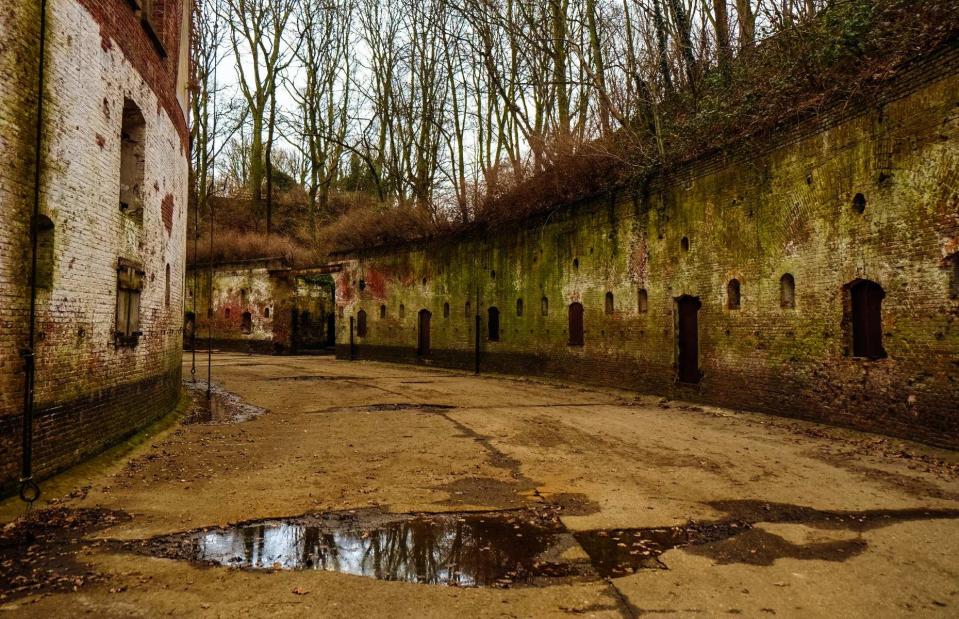
Bjorn Beheydt/Shutterstock
Lying in the Belgian province of Antwerp is a foreboding fortification known as Edegem Fortress. By the late 19th century, the rise in the use and power of modern military weapons all over the world meant that cities needed to be protected from this new technology, so forts like this were often placed in rings several miles from the city centre.
Edegem Fortress, Antwerp, Belgium
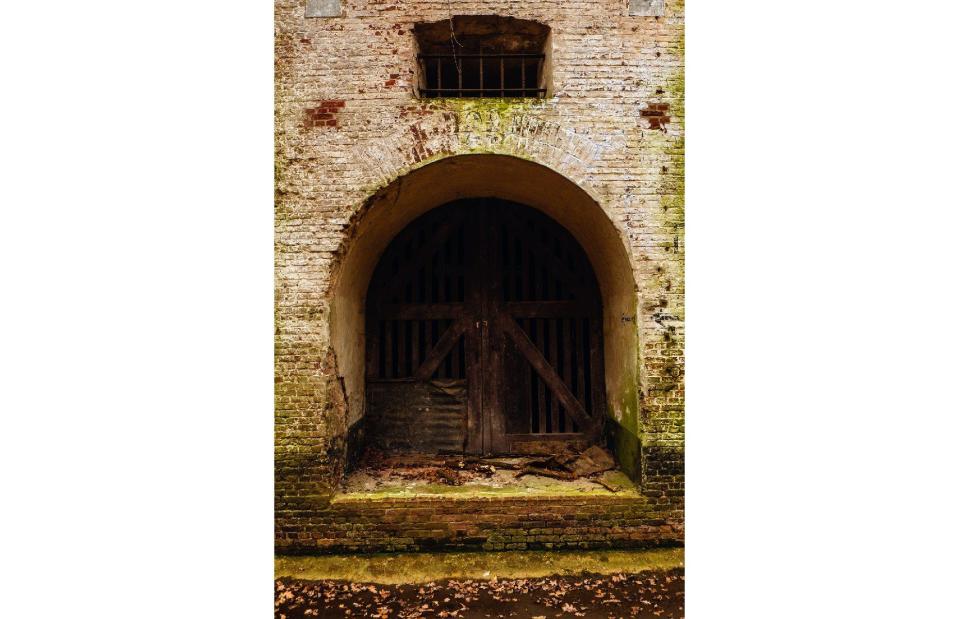
Bjorn Beheydt/Shutterstock
Edegem Fortress was one of several forts known collectively as the ‘Big Rampart’ that served as Antwerp’s main line of resistance and protection during the First World War in 1914.
Machine gun pillbox, Norfolk, England
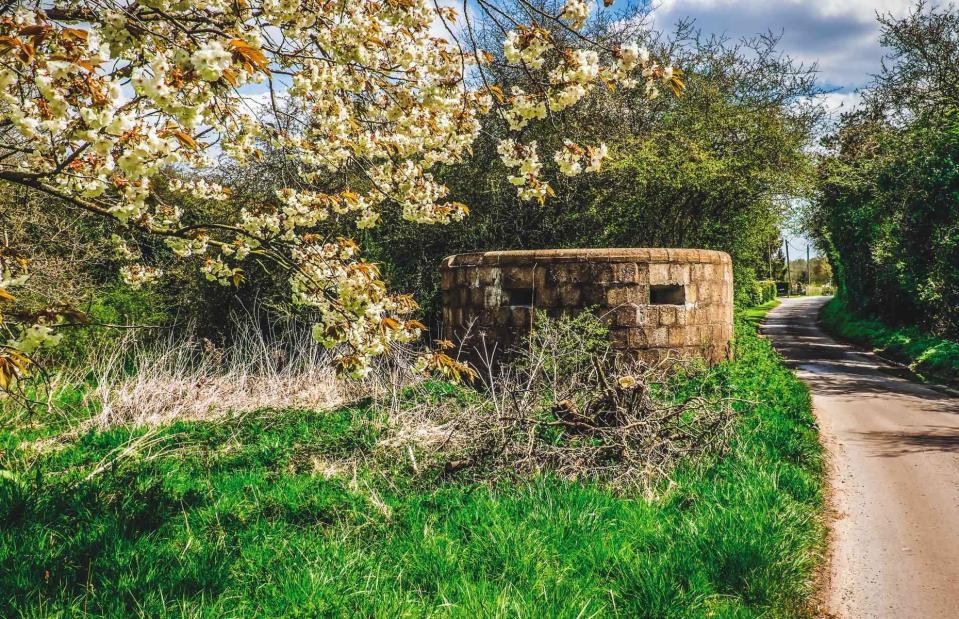
Phil Silverman/Shutterstock
Known as a pillbox, these small reinforced concrete structures were built as a defence against land fighting near coastal areas. With growing fears of a German invasion, trenches and pillboxes were built on routeways across England as part of larger defence systems to help protect coastal batteries, airfields and radar stations. Pictured here is a machine gun pillbox located in Norfolk in the east of England.
Fort Hermann, Bovec, Slovenia
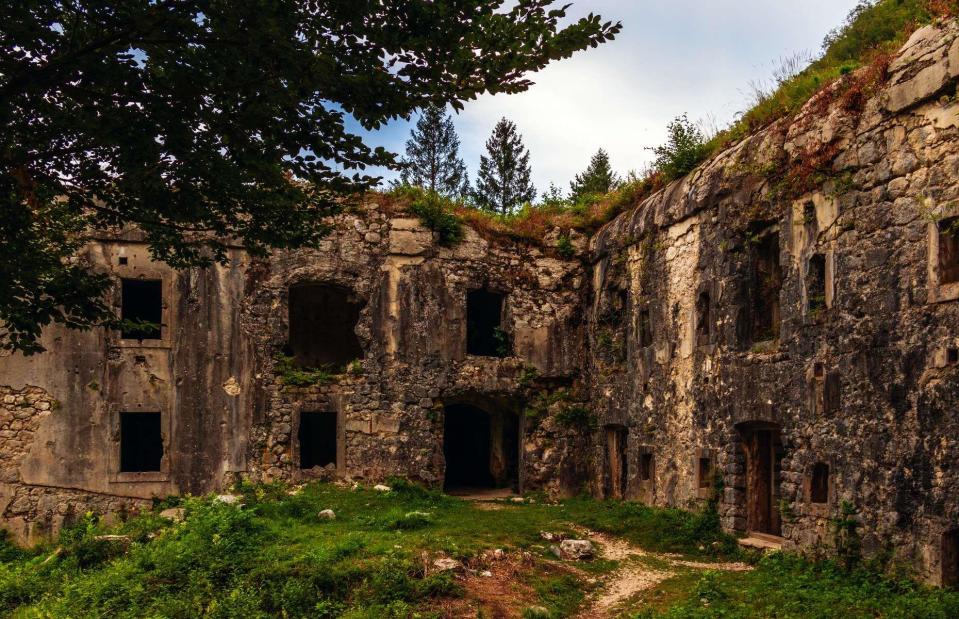
Unununius Photo/Shutterstock
Similar to Fort Kluže just a few miles away, this sprawling Austro-Hungarian fort can be found in Slovenia’s Isonzo Valley. Fort Herman was constructed between the late 19th and early 20th centuries to protect a crucial pass near Mount Rombon, just north of the Isonzo River. When fighting would spread up the mountain, fortifications such as these would sadly prove futile.
SS Heroic, Sydney, New South Wales, Australia
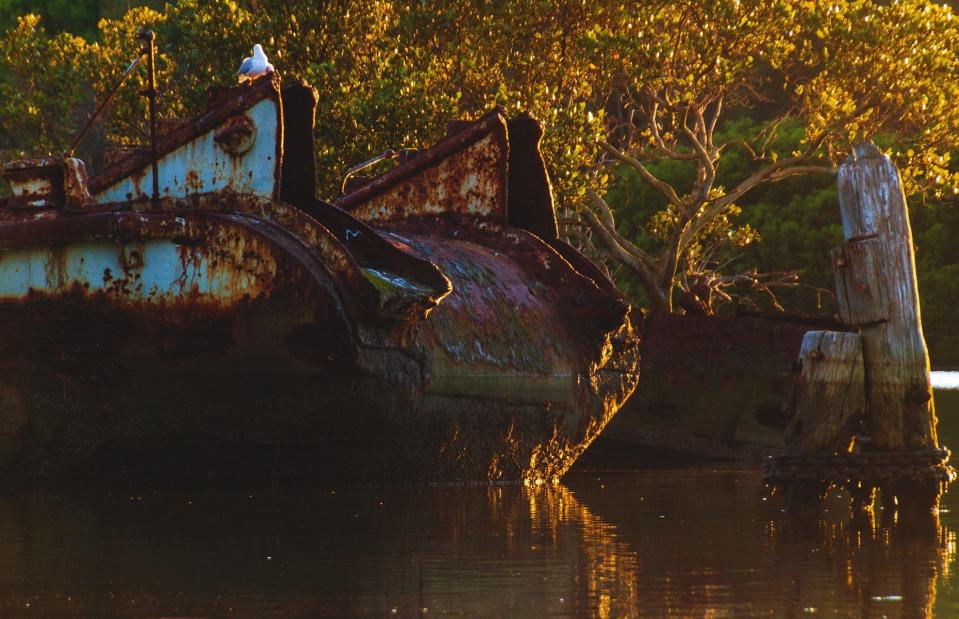
Craig Milson/Shutterstock
This steel-hulled steamboat tug was originally built in Newcastle, England for Thomas Fenwick, a Sydney-based tugboat operator. The ship was used by the Royal Navy during the First and Second World Wars for rescue services off the Scilly Isles before it was sold for scrap metal in the 1970s.
Monte Cengio, Trentino, Italy
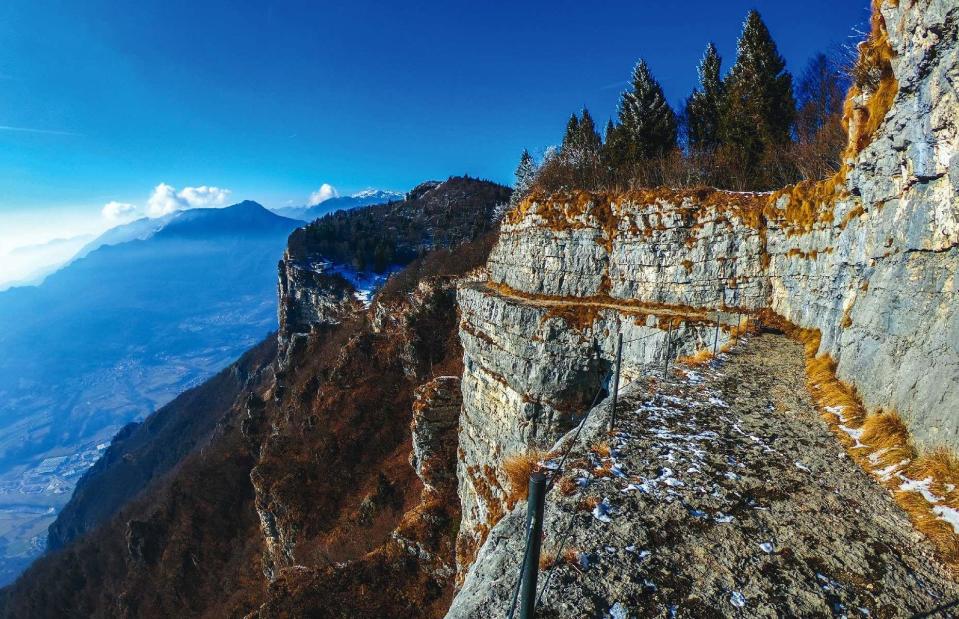
Denis Tomasi/Shutterstock
On the southwest end of Italy’s Asiago plateau, Mount Cengio played a crucial role in Italian defences during the war. Measuring over 4,400 feet high (1,350m), the rocky mountain was overwhelmed in June 1916 by an Austro-Hungarian attack until the Italian army counterattacked and recaptured it. The majority of the surviving fortifications on Monte Cengio were built a year later in 1917.
Fort Mississauga, Ontario, Canada
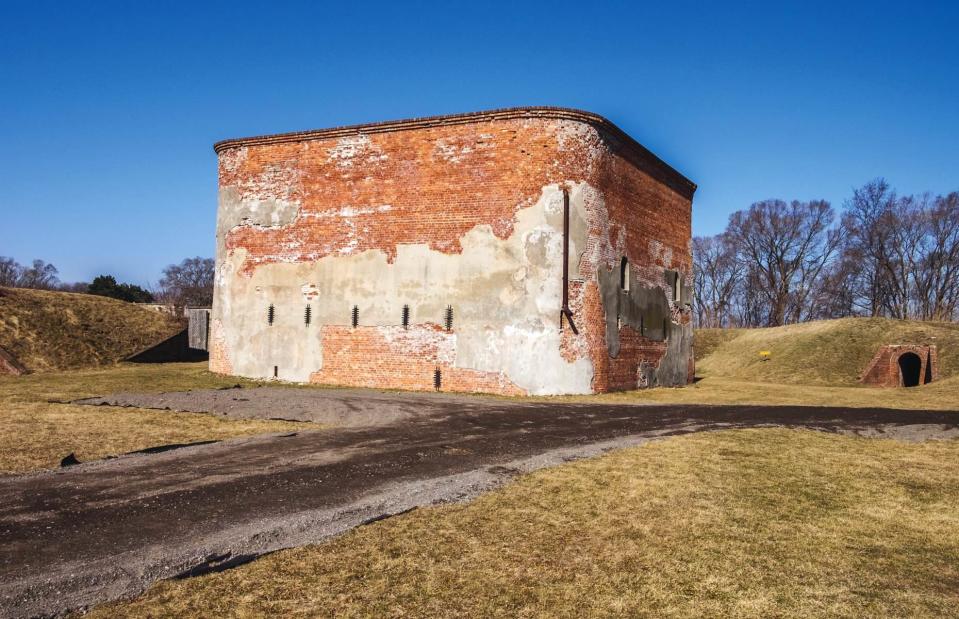
Ken Felepchuk/Shutterstock
Sitting at the mouth of the Niagara River in Canada, Fort Mississauga was constructed during the War of 1812 between the United States and Great Britain. The fort features a box-shaped brick tower and historic star-shaped earthworks, which is the only one of its kind in Canada. Like most abandoned fortifications, during the First World War Fort Mississauga was reused for military training.
Przemysl Fortress, Poland
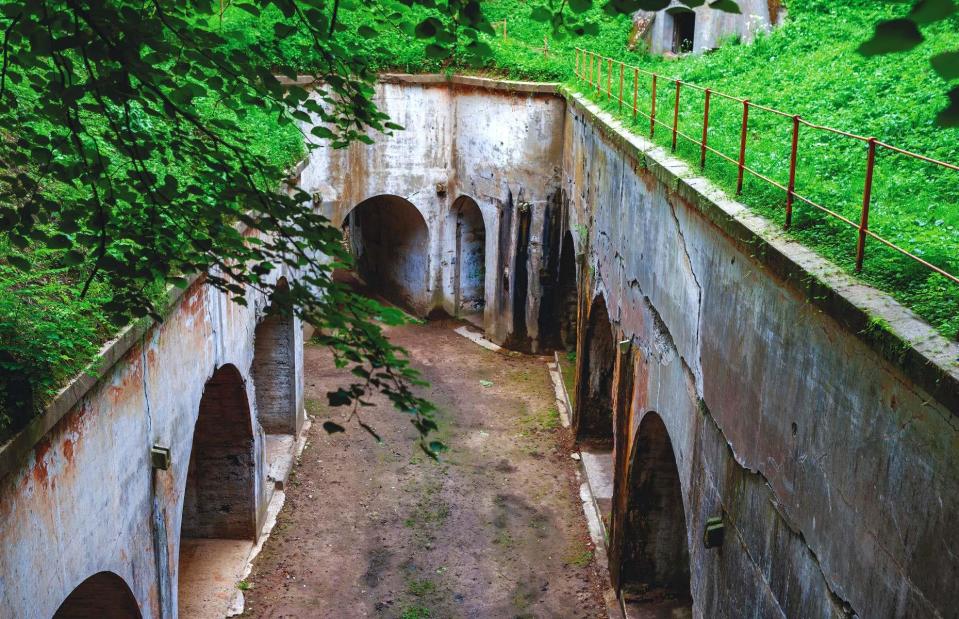
Posztos/Shutterstock
Often regarded as one of the largest permanent fortifications in Europe, this Austro-Hungarian fort complex can be found in Poland sprawled across the approaches of the Carpathian Mountains. In 1914 Przemysl Fortress had three lines of defense, its outer ring had a circumference of around 28 miles (45km) with 17 main forts while the inner defensive system contained 21 forts. During the Russian attack in September 1914, the Przemysl Fortress was manned by nearly 130,000 soldiers. In March 1915, after 180 days, the men finally surrendered to Russia due to starvation.
Mount Maggio, Trentino, Italy
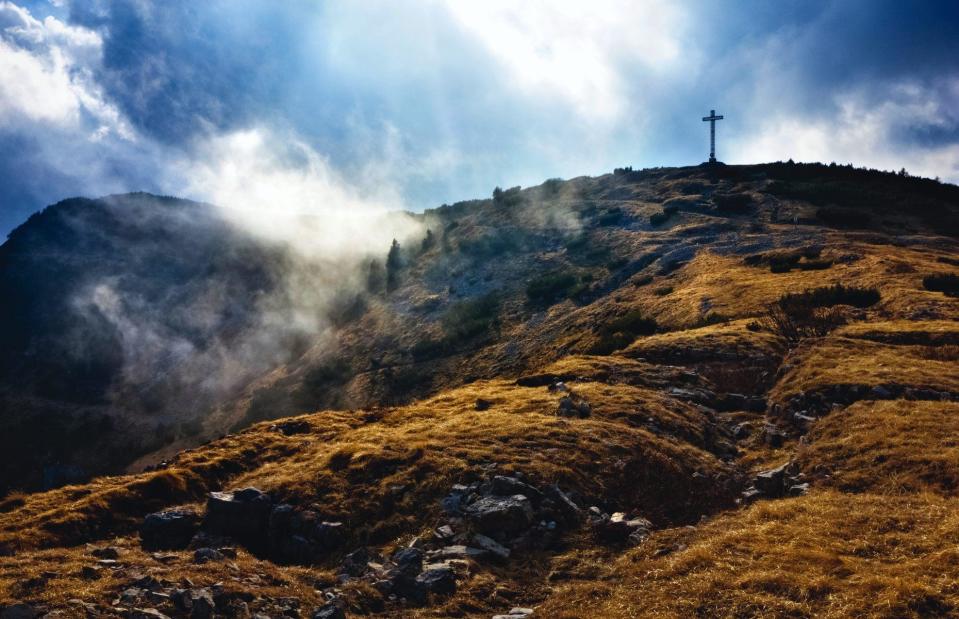
Andrea Contrini/Shutterstock
This image shows a series of former First World War trenches, dotted across Mount Maggio in Italy. The trenches were strategically positioned to provide a clear view of fire down the mountain.
Searchlight emplacement, Blyth Battery, England
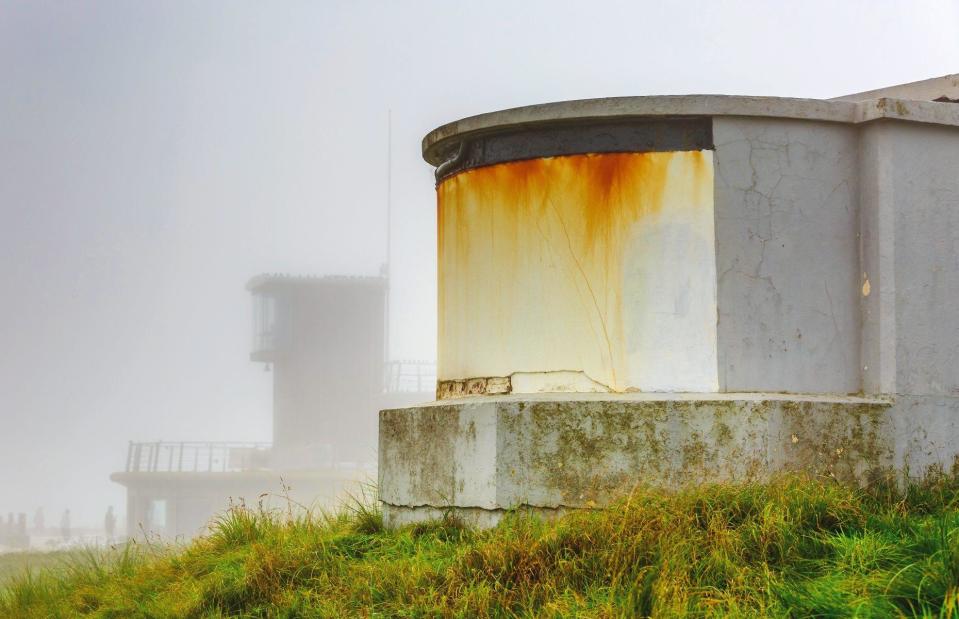
Michael Conrad/Shutterstock
Nestled on England’s Northumberland coastline, these east coast defenses were built in 1916 to defend the country against German naval attacks. Designed by the Durham Fortress Engineers RE, Blyth Battery featured two searchlights and two six-inch (15.24cm) quick-firing guns which were operated by around 80 men. Since then, Blyth Battery has been transformed into a war museum run by volunteers.
Sanctuary Wood, Ypres, Belgium
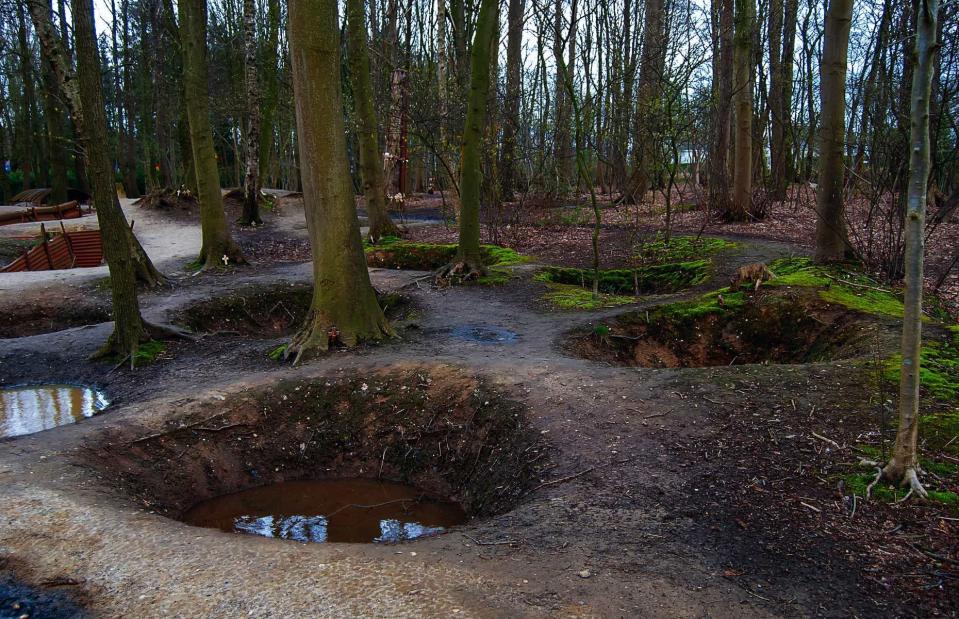
Rob Atherton/Shutterstock
Sitting on a hilltop overlooking the Belgian city of Ypres, Sanctuary Wood is an incredibly well-preserved series of trenches. After the First World War ended in 1918, a local farmer and his family returned to their land which had been ravaged by warfare and decided to preserve the trenches left behind. Today, with its tangled mess of barbed wire, shell-holes and splintered trees, Sanctuary Wood is an eerie reminder of the horrors of war and has become a popular tourist attraction. In recent years, a museum has been added to the site and it remains one of the best places in the world to explore a First World War trench system.
Trenches and fortifications, Cinque Torri, Dolomites, Italy
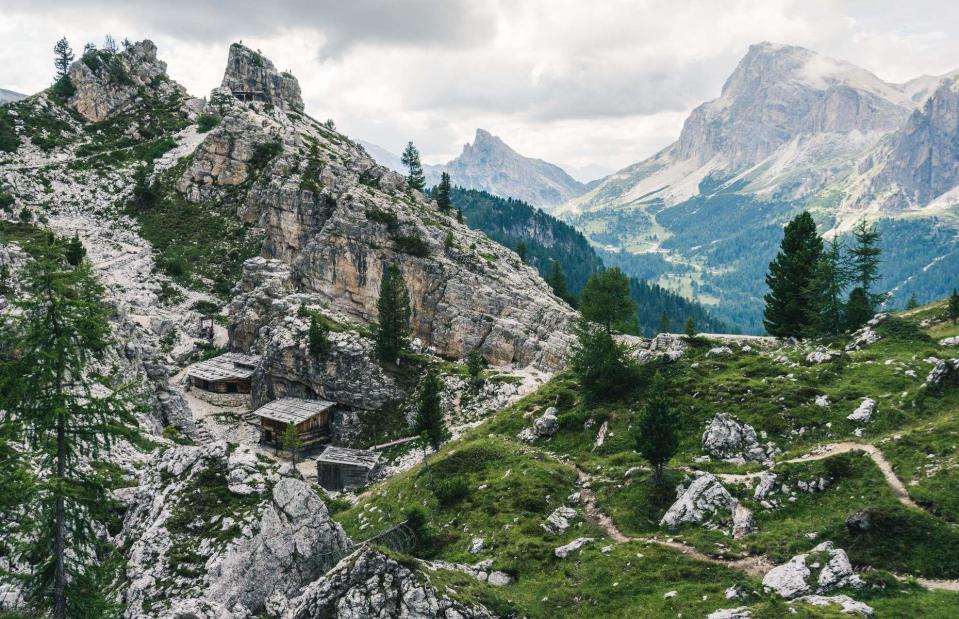
Ondra Vacek/Shutterstock
Nicknamed the ‘Five Towers’, Cinque Torri in Italy was the site of fighting between Austrian and Italian troops during the First World War. Cinque Torri was occupied by the Italian army who established their artillery headquarters here, building a defence line to prevent Austrian counter-attacks.
Trenches and fortifications, Cinque Torri, Dolomites, Italy
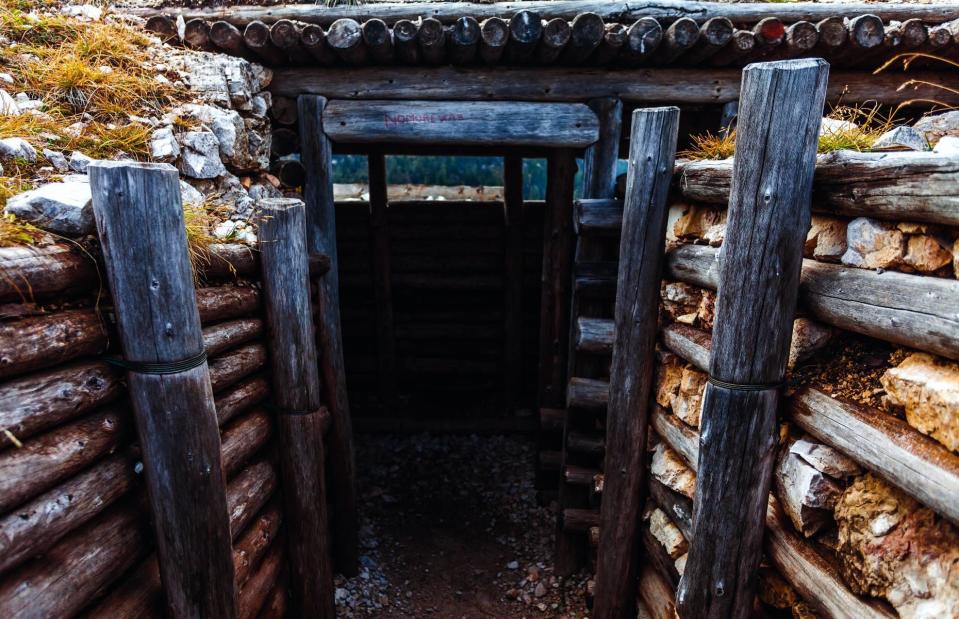
Daniel Leorsi/Shutterstock
Within the striking rock formation, there was a network of machine-gun emplacements, trenches, observation posts and military housing. Today, the trenches have been partially reconstructed, restored and opened to the public as a fascinating open-air museum.
Kaunas Fortress, Lithuania
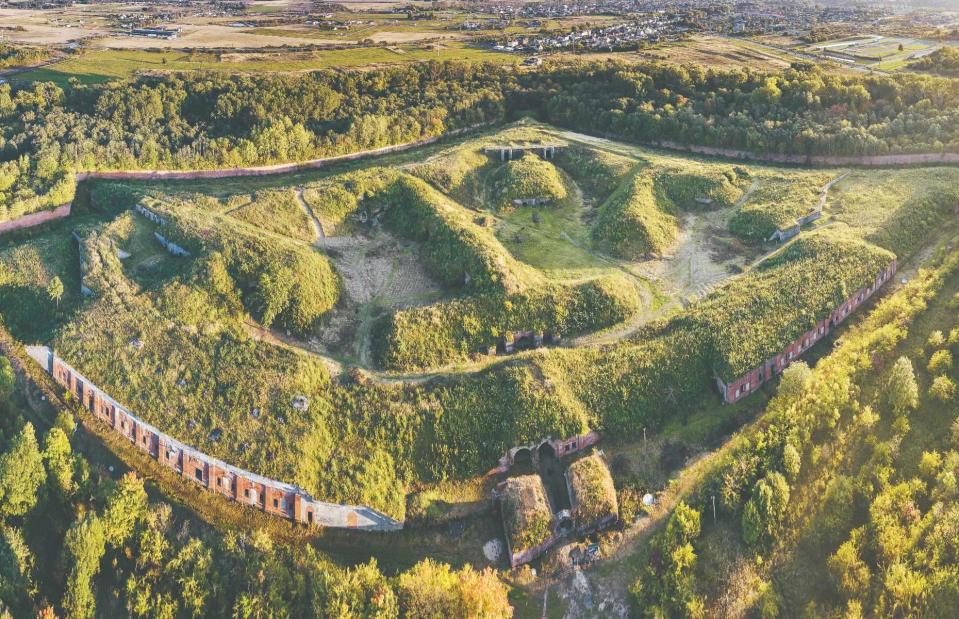
A Aleksandravicius/Shutterstock
Built between 1882 and 1915, this incredibly large defensive complex in Lithuania was designed to protect the Russian Empire’s western borders. In 1915, Kaunas Fort survived 11 days of assault before being captured by the German army. The impressive fort was considered one of the most modern fortifications in the Russian Empire.
Carpathian Mountains, Europe

Roman Mikhailiuk/Shutterstock
Stretching across central and eastern Europe, the Carpathian Mountains served as a site for warfare between Russian and Austro-Hungarian troops. During the First World War, mountain warfare would often spill into some of the highest slopes in Europe. In this image, the former frontline between German and Russian troops can be seen, with a clear view of the battlefields up in the clouds.
Fort 48 Batowice, Kraków, Poland
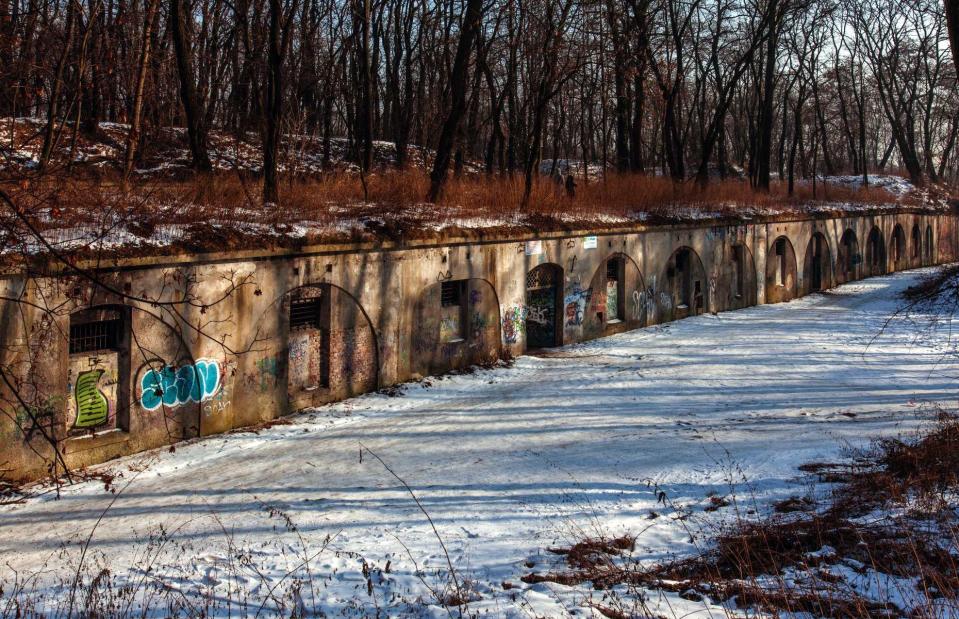
Fotohuta/Shutterstock
This eerie fort formed part of an outer ring of pre-war Austro-Hungarian artillery forts surrounding Kraków in southern Poland. Built in the 1880s, Fort 48 Batowice is a magnificent example of a typical First World War artillery fort, its outer ring contained and guarded an inner ring of older, possibly medieval city defences. Remarkably well preserved, the fort was used by the military until 1974 until it was turned into a warehouse surrounded by a green walking area.
Ammunition, Gallipoli, Turkey

Scarc/Shutterstock
Pictured here is a collection of used Mauser cartridges from the Gallipoli peninsula in Turkey. During the First World War, the German Mauser Gewehr 98 was the standard rifle used by the Ottoman infantry.
Artillery emplacement, Mount Zovetto, Italy
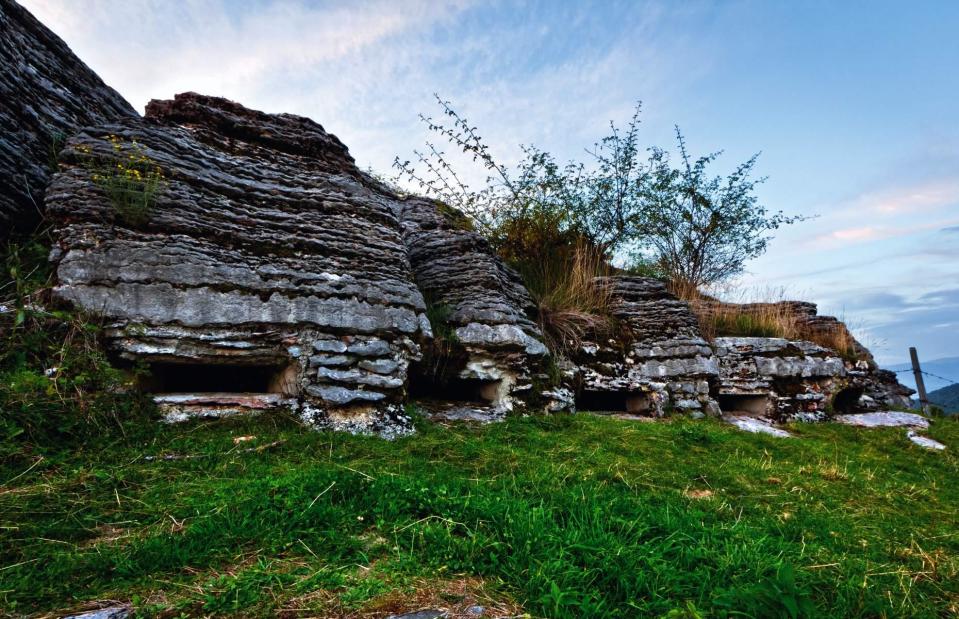
Andrea Contrini/Shutterstock
Following the Battle of Caporetto in 1917 where Italian forces were forced to retreat from an Austro-German offensive, British reinforcements were sent to the Italian front that November. Built by British artillerymen in 1918, this image shows a string of cleverly camouflaged gun ports, featuring extensive rock-cut galleries located behind.
Gun emplacement, Mount Možic, Slovenia
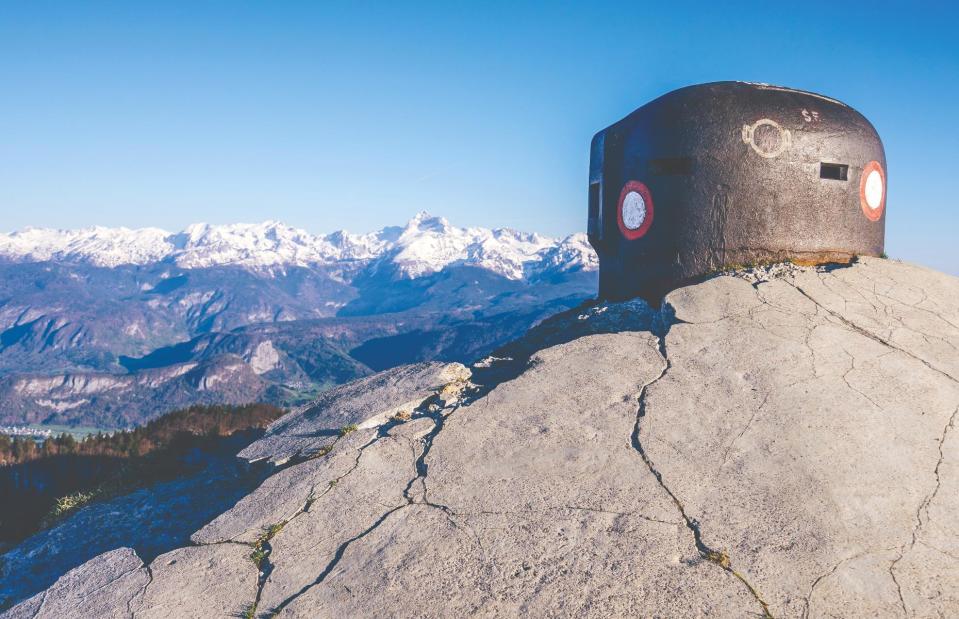
Ondra Vacek/Shutterstock
Located on Mount Možic in Slovenia, this steel gun turret is just a few of the surviving and visible features of an underground complex of tunnels and chambers. The gun emplacement has been strategically positioned on a mountain top overlooking the Isonzo River.
Find out more
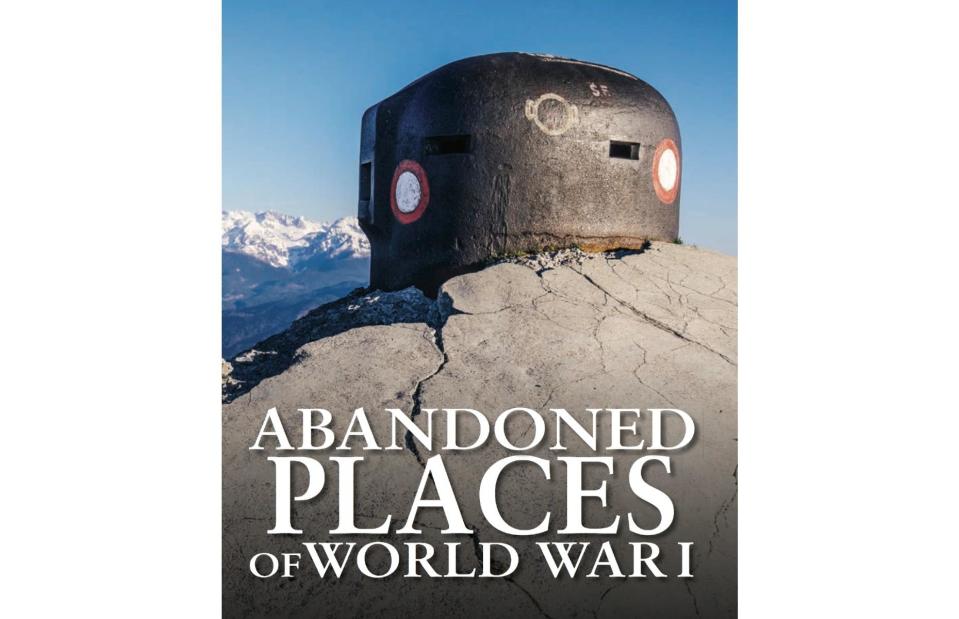
Courtesy of Amber Books
All images were taken with permission from the book Abandoned Places of World War I by Neil Faulkner published by Amber Books Ltd, and available to buy on Amazon.

